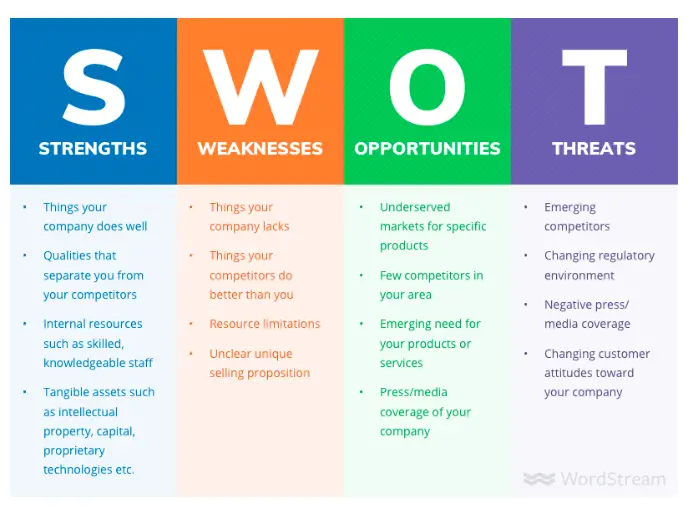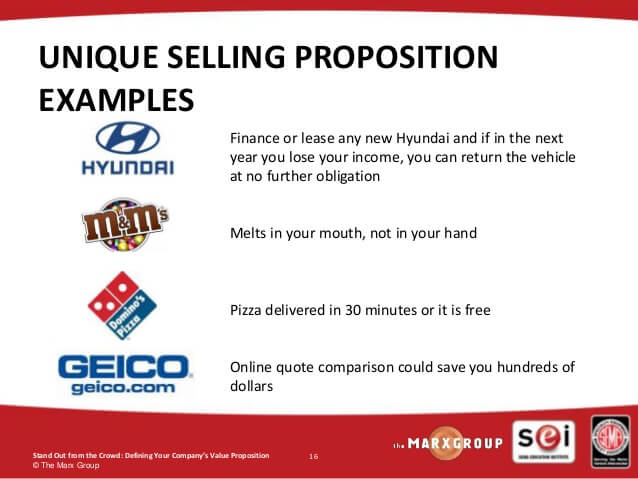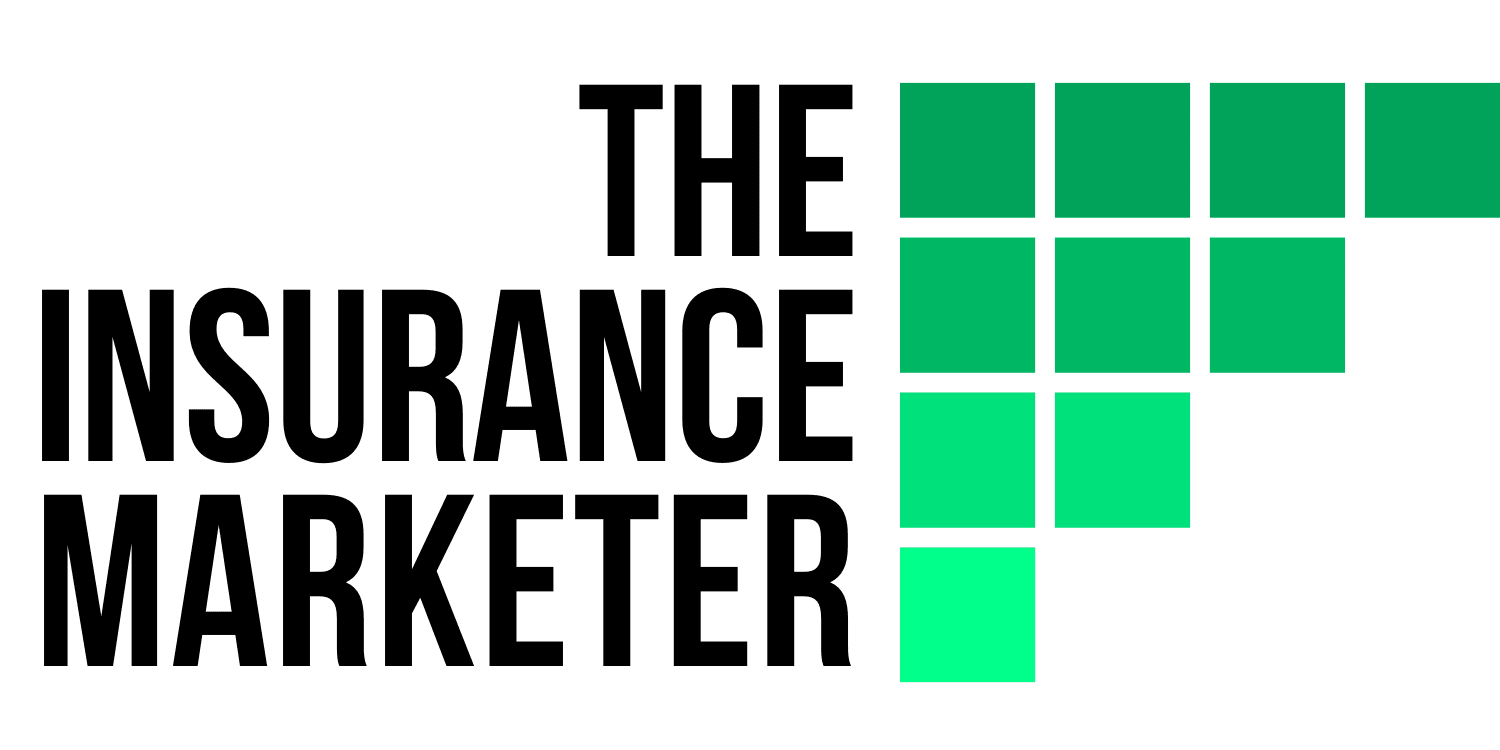You need to put together a marketing plan real quick. It’d better be done by tomorrow. You searched online for some directions, but you were overwhelmed with so much information that you don’t know where to begin. Yet, the clock is ticking and you feel like your head is about to explode.
Hang in there, you are not alone. And I know what’s available out there are either too thin to start with or too exhaustive to digest in one go. In this post, my approach is to make it a 5-minute guide – and only include what you will need for writing a marketing plan within a short period of time (e.g. 1 day). Nothing more and nothing less.
What Will You Get From This Post?
I promise this isn’t another ultimate guide that gets you nowhere. If you want to start right away, go straight to the section of 8 Elements of a Marketing Plan or use my infographic – A 1-page cheat sheet to start let you start writing your marketing plan.
Or if you have the time to learn more before you start, you can jump to the section below:
- Online courses – Selected online courses on how to write a marketing plan
- Blog posts – Links to authoritative blog posts on writing marketing plan with lots of examples and template
- Tools – Online tools for you to create a marketing plan on the go
Who Should Read This?
This post is not a beginner’s guide. I suppose you have a basic understanding of some key marketing concepts such as SWOT analysis, SMART goals, KPIs etc. You may find this post useful if you are:
- Marketer – you’ve just been assigned a new project and would like to take the lead to gather key information to engage with your team or impress your boss.
- Entrepreneur/Solopreneur – you’ve come up with a new business idea again! And you can’t wait to take a closer look at the market, competitors, customers’ need and explore some action (marketing) plans.
- Freelancers – you want to increase the chance of winning a project with an actionable plan that differentiates yourself from your peers.
- Jobseekers – you want to show your future employer that you have a good understanding of the marketplace and opportunities ahead. And you will demonstrate how to achieve your proposed marketing goals.
8 Elements of a Marketing Plan
I have looked through a dozen articles and a few videos on how to write a marketing plan. And here is a distillation of 8 elements you should include in your marketing plan:
8 Elements of a Marketing Plan |
Infographic
Feel free to download and share:

Executive Summary
This is a summary of your marketing plan in no more than 5 sentences. Make it precise for anyone to get the full picture without even reading the full document. (You should write this part after you have completed the rest of this marketing plan.)
These are the questions you will answer in your executive summary:
- What do you want to achieve with this marketing plan?
- Where is your target market?
- What channel(s) will you be using?
- What are the metrics or key performance indicators (KPI) to measure?
- What resources (tools, people, ad spend etc.) will you need?
Marketing Goals with KPI
This part of the marketing plan is about setting specific, measurable and achievable goals with a due date. And the measurable objectives within the goal itself will also be the Key Performance Indicators (KPI) to keep track of.
Marketing goals usually follow this format:
|
[Actionable verb] + [a measurable objective (KPI)] + [a number or %] in/by [a due date] E.g. [Increase] [website page view] [30%] in/by [end of Q2 2021] |
Here are a few more examples:
- Generate $100,000 of sales by the end of 2021
- Gain 1000 email subscribers in 3 months
- Boost conversion rate to 10% by 30th June 2021
Competitor Analysis
A competitive analysis not only allows you to know who you are up against with, but it will also give you a good sense of your target market by learning what your competitors are offering. This exercise will help you to differentiate your business in later steps.
Here is the information you will include in your competitive research:
- Who are your competitors?
- What product/service do they offer?
- How much do their products/services cost?
- What is their unique selling proposition (USP) that makes them different?
- Who is/are their target customer segment?
- How do they position themselves in the marketplace? (e.g., the cheapest, easiest, highest quality)?
SWOT Analysis
A SWOT analysis is an x-ray scan of your business. It helps you to focus on what you do best and what opportunities you can uncover. And it also gives you ideas on what to improve and stay away from.
To complete a SWOT analysis, identify the strengths, weaknesses, opportunities and threats of the company you work for. To learn more, check out this detailed article by Wordstream.

Unique Selling Proposition (USP)
A unique selling proposition (USP) is a one sentence statement that explain what differentiates a business apart from its competitors.
Think of it as a 20-second elevator pitch. Use your strengths to identify areas that set you apart. Avoid comparing to your competitors, and focus on how you will solve your customer’s problem.

Target Market
Target market is the customer segment(s) who will pay for your product. Each product may have more than one consumer segment to target for.
You can start off by describing the demographics and psychographics characteristics of your customer segment. And once you’ve come up with your customer segment(s), be sure to evaluate it to decide whether the market is big/profitable enough for your effort.
Example of a target market segment:
| Target Market Segment #1 | |
|
Demographic Factors
|
Psychographics Factors
|
|
Evaluation
|
|
Promotion Strategy
Here comes the fun part – putting it all into action.
Your promotion strategy is the action plan to translate your (competitor and SWOT) analysis into marketing practices – that will get you to your marketing goal(s).
With each marketing goal you set earlier, choose 1-4 channels that will allow you to reach your target market segment.
Here are some common channels you may consider:
|
Online Channels
|
Offline Channels
|
Promotion Strategy for Goal #1 – Increase pageview of website 30% by Q2 2021
| Channel selection: |
|
Budgeting
This part could be a bit intimidating at the first attempt. You may begin with considering the costs of each tactic from your promotion strategy, one at a time.
Here are different type of expenses you may need to include in your marketing budget:
Software: In a today’s market, you are very likely to need software (e.g. email marketing service, SEO tools like SEMRUSH) to help to execute your promotion strategy.
Hardware: You may also need to purchase new equipment, like computers, microphones, cameras, if you want to execute your strategy inhouse.
Ad spend: Return On Advertising Spend (ROAS) can be used as a metric to determine the spending of a digital campaign.
|
Calculation of ROAS ROAS = Gross Revenue from Ad campaign / Ad spends |
For example, if you spend $2,500 on an online advertising campaign to generate revenue of $10,000, the ROAS is a ratio of 4:1 (or 400%). i.e. For every dollar that the company spends on its advertising campaign, it generates $4 worth of revenue.
Outsource/Freelancers: If you need to hire outside workers, the rule of thumb is to base everything on the working hours.
Content creation: Be it blog posts videos, photos, infographics, you will need to pay for it if you are to acquire them outside of your company. You can make reference to the current rate by checking freelancer platforms like fiverr or Upwork.
Print media: This may include flyers, bumper stickers, T-shirts, etc. And the cost is based on the quantity ordered.
Budgeting for Goal #1
| Channels | Calculation for outsourcing | Cost |
| Create 30 blog post on the website |
Outsource/Freelancers 30 post x 1000 words per post x 0.05 per word |
$1500 |
| Send email to subscribers when a blog post is published |
Software Email service (e.g. Aweber) $16.5 per month x 6 months |
$99 |
| Promote 20 blog posts with infographics via Pinterest |
Content creation 20 infographics: 20 x $50@ = $1000 Outsource/Freelancers Dissemination to pinterest: 20 x 20 min for each post = $400 |
$1400 |
What’s next?
Hopefully, this post has handed you a process you can follow to write your marketing plan effectively and efficiently within your time-frame. Now, all that’s left is to put this into practice.
As promised, here are some great resources that can help you out.
Be sure to bookmark, share, forward, tweet, or clip this post to make sure you can come back to grab the resources whenever you may need them. Best of luck!
Useful Resources
Online courses – Free online courses on how to write a marketing plan.
Creating Your Strategic Marketing Plan – By EntrepreneurNOW
Strategic marketing plan explained from Creating Your Strategic Marketing Plan by EntrepreneurNOW
This is one of the most compact online course you can find on writing a marketing plan. It is straight-forward and right to the point. The course comes with a very detailed template you can download for free. |
Building an Integrated Online Marketing Plan – By Matt Bailey
Welcome from Building an Integrated Online Marketing Plan by Matt Bailey
This course takes your marketing plan to the online context and explains how to engage your customer with keyword research, content marketing, cookies, and more. |
How to Write The Ultimate 1 Page Marketing Plan – William U. Peña, MBA

If you only need to submit a non-nonsense, 1-page marketing plan, this is where you want to be. This course will go through their 1-page template with you step by step. It’s perfect for beginners. |
|
Blog posts – Links to authoritative posts with detailed illustration of marketing plans, and lots of examples and templates:
Tools – Online tools for you to create a beautiful marketing plan on the go: |
Featured image: Technology photo created by wayhomestudio – www.freepik.com




